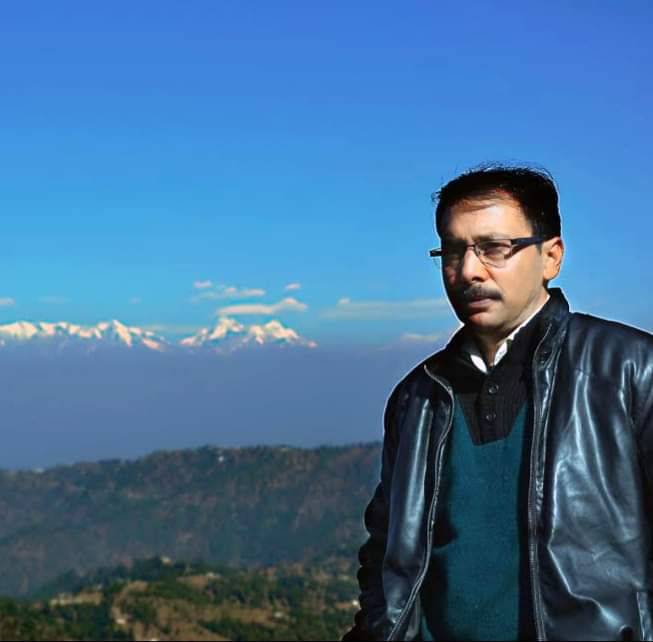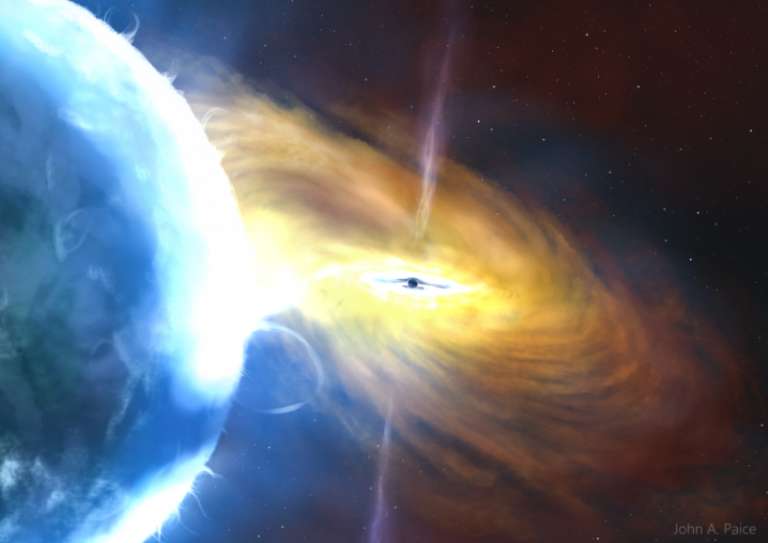Scientists discovered mysterious black hole
Scientists have discovered the elusive black hole. It is 26 thousand light years away from the Earth. The name of the densely packed globular constellation is NGC 6325. The Hubble Space Telescope discovered it. This discovery will shed light on the origin of intermediate black holes.
According to NASA scientists, there can be between thousands to millions of stars in this cluster. Such constellations are found in all types of galaxies. There are about 180 known globular star clusters in our Milky Way itself. All the stars in a globular cluster are believed to have formed at the same time from the same collapsing cloud of gas and dust. By probing these, astrophysicists can learn a lot about the formation and evolution of stars. But astronomers are looking for something even more elusive than the densely packed stars in the 6325 they discovered, a compact cosmic titan called an intermediate-mass black hole. The discovery of samples of this class is extremely important, because astronomers still do not know how they are born. Astronomers are well aware of the largest black holes in the universe, and know that they can be of stellar mass ranging from about three to 10 times the mass of the Sun. These stellar-mass black holes form when the center of a single star collapses under its own gravity at the end of its hydrogen-burning lifetime. Now talking about supermassive black holes, their mass is billions of times more than that of the Sun. These black holes are located in the center of the largest galaxies. When two black holes collide, a supermassive black hole is created. But intermediate-mass black holes still remain a mystery to scientists. The mass of these medium-sized black holes is 100 to 10,000 times that of the Sun. The correct information about their origin is still available. Due to which this discovery is considered important, which will reveal the secret of the birth of medium-sized black holes. Dr. Shashibhushan Pandey, star scientist of Aryabhatta Observational Science Research Institute ARIES, says that it will not take much time to understand the origin of medium-sized blackholes. As our ability to peer into the far-flung is progressing, so are the mysteries of the universe being revealed.
Source and photo: NASA.

Journalist Space science.
Working with India’s leading news paper.
और अधिक जानें

